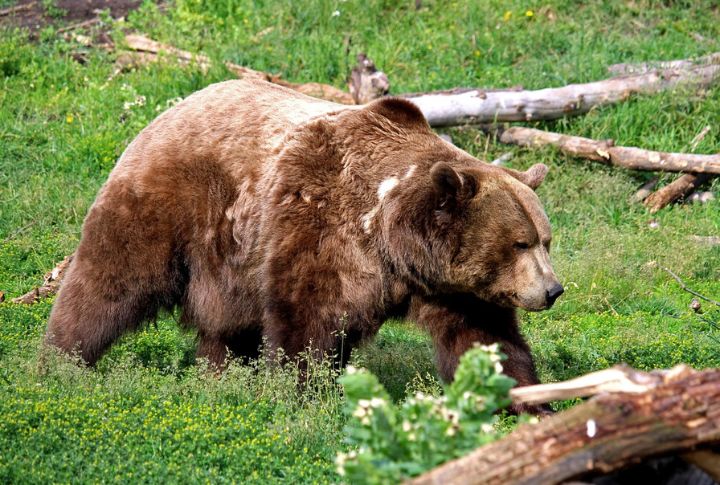
It’s easy to overlook what’s quietly slipping away. Across America’s forests and open plains, several native animals are nearing the edge, and most people don’t even notice. These species rarely make headlines, but their absence would leave deep marks on our ecosystems. They’re still with us—for now. But time is running out. So, let’s take a closer look before they’re gone forever.
Red Wolf
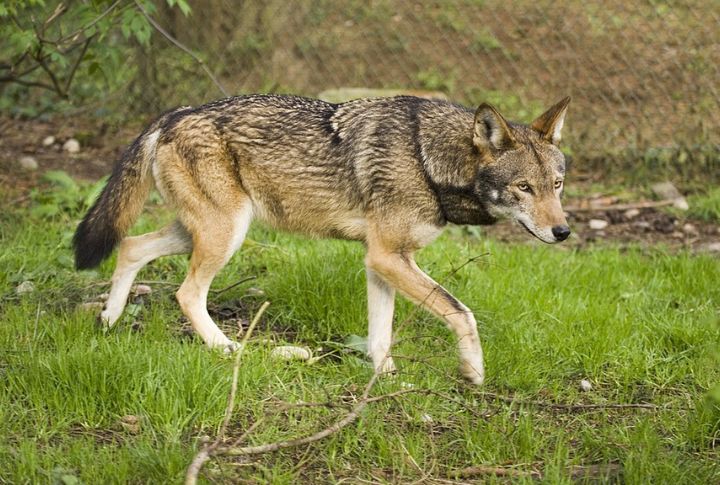
Once heard howling across the Southeast, red wolves are now nearly silent—fewer than 20 remain in the wild, all in North Carolina. After being declared extinct in the wild, they were reintroduced in 1987. However, roadkill, coyote hybridization, and weakened legal protections continue to jeopardize their survival.
North Atlantic Right Whale
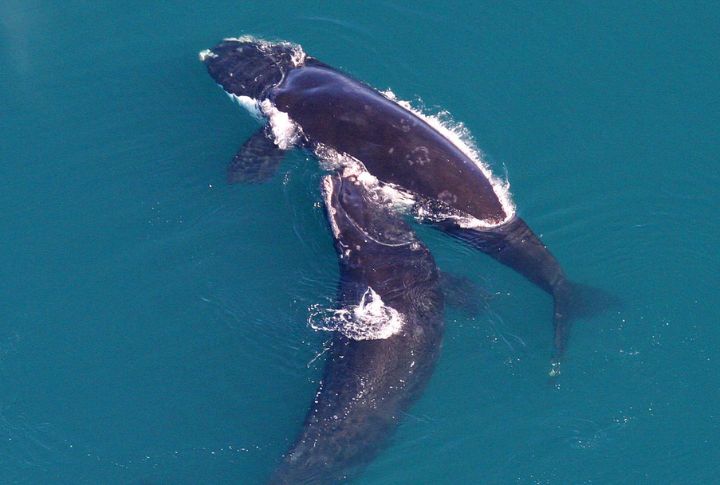
These huge whales are found near some of the busiest shipping lanes off the US East Coast. So, ship strikes and entanglements in fishing gear are major killers. Today, fewer than 370 remain, including just 70 breeding females. What’s worse? Conservation efforts often stall due to pressure from industry groups.
Black-Footed Ferret
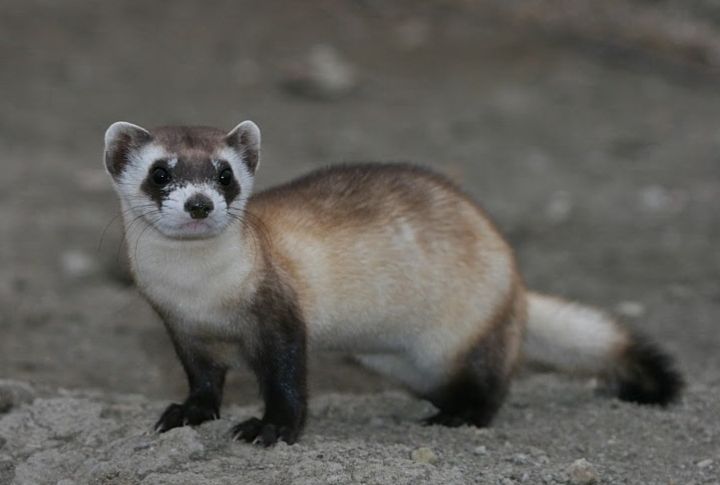
Rediscovered in 1981 after being thought extinct, the black-footed ferret’s survival was considered a small miracle. But its fate is tightly tied to prairie dog colonies, which have declined drastically across the West. While captive breeding continues, shrinking grasslands and limited funding threaten any chance of long-term recovery.
Hawaiian Crow (ʻAlala)
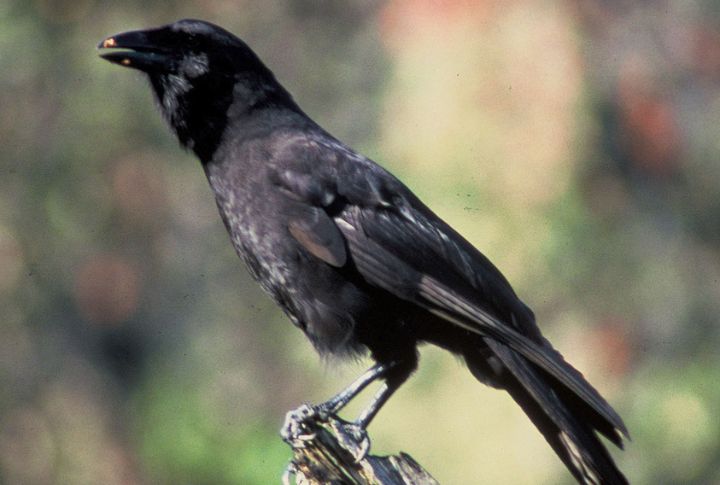
The ʻAlala is deeply rooted in Hawaiian culture but hasn’t been seen in the wild since 2002. More than 110 live in conservation facilities, yet reintroduction efforts have failed due to predators and disease. Still, their important role in native forests keeps hope alive for a future return.
Monarch Butterfly
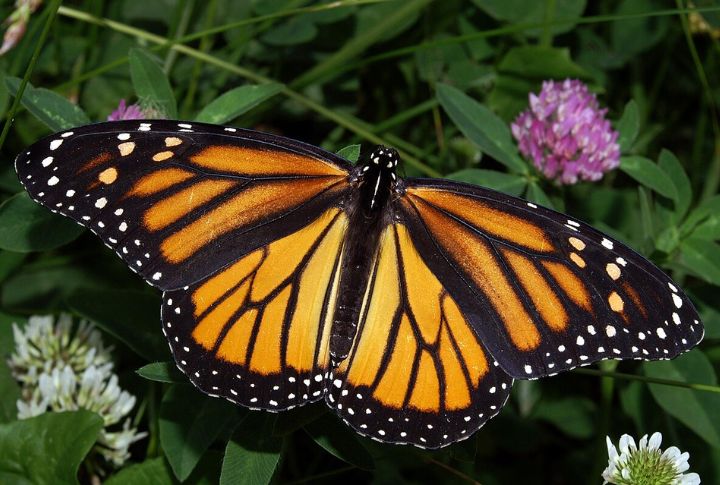
Across the country, volunteers plant milkweed in an effort to help monarch butterflies bounce back. Since the 1990s, the eastern population has dropped by about 80%. Monarchs can’t survive without milkweed, yet herbicides like glyphosate continue to wipe out the only plant their young depend on.
American Bumblebee
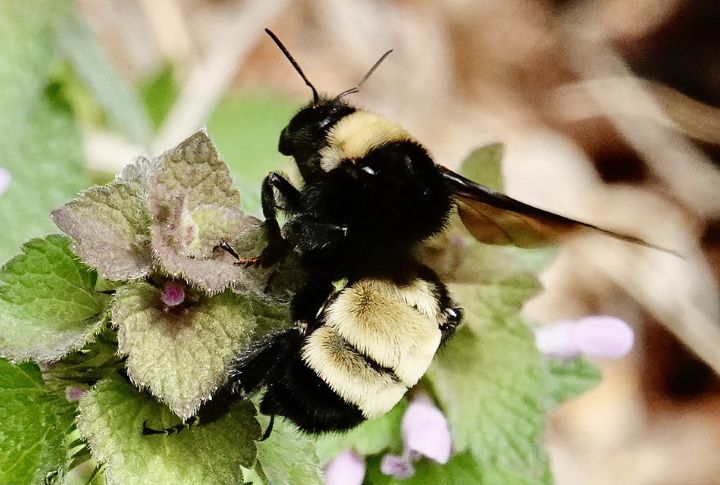
Once common in fields and gardens, the American bumblebee has disappeared from at least eight states. Its population has plunged nearly 90%, largely because of habitat loss and neonicotinoid pesticides. Despite its value to crops and ecosystems, this pollinator still lacks federal protection.
California Condor
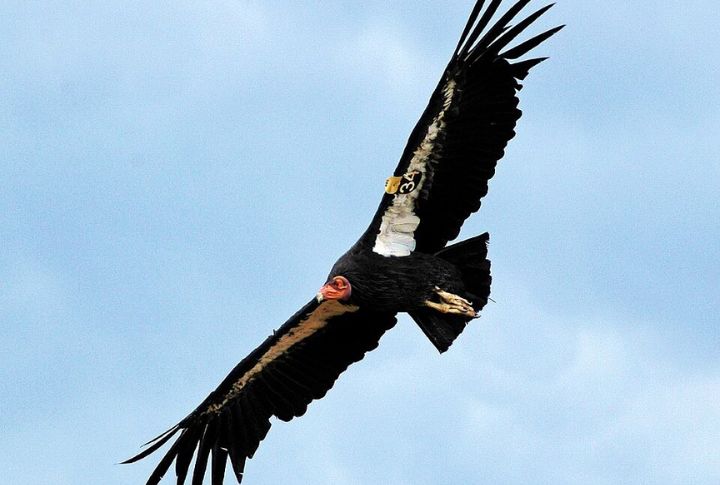
With wings nearing ten feet wide, the California condor used to rule the skies out West. By 1987, all wild birds had been captured to save the species from extinction. Now, over 500 exist, but threats like lead bullet poisoning and power lines still shadow their slow comeback.
Eastern Hellbender
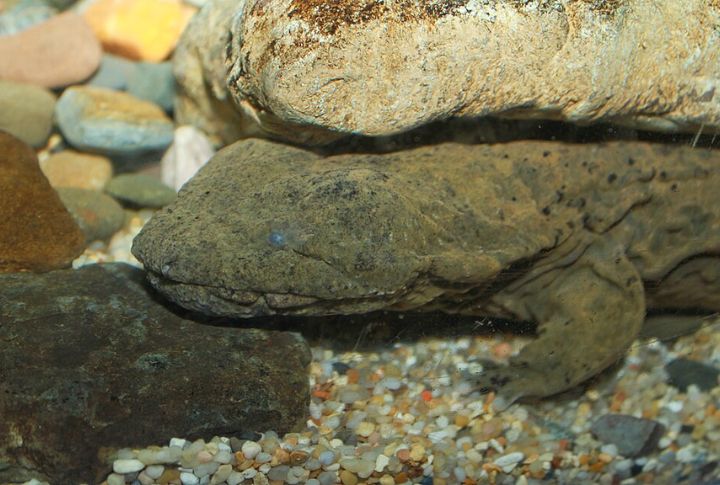
This slippery salamander—nicknamed the “snot otter”—can grow up to two feet long and plays a key role in freshwater ecosystems. It needs fast, clean streams to live. However, sediment and pollution are choking those habitats. Across the Appalachians and the Midwest, hellbenders are vanishing from places they’ve lived for centuries.
Greater Prairie Chicken
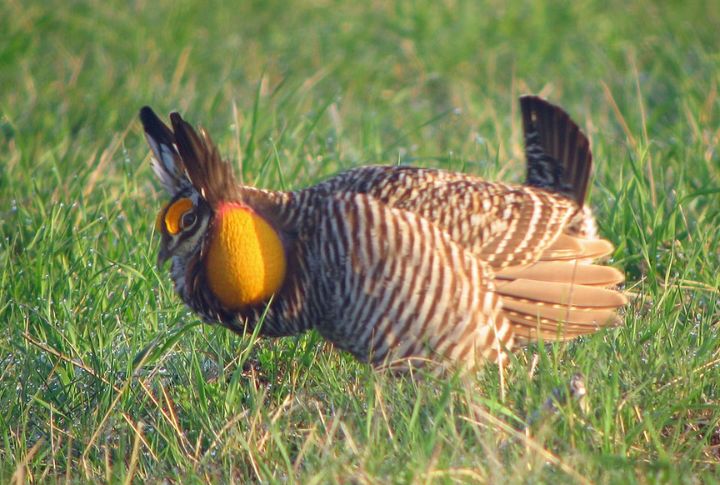
Every spring, the male Greater Prairie chickens inflate their bright orange air sacs and make deep booming calls in a bid to impress. But those sounds are fading fast. With most tallgrass prairie gone, their numbers have dwindled to isolated patches in Kansas, Nebraska, and a few other states. One subspecies is already critically endangered.
Grizzly Bear (In Lower 48 States)
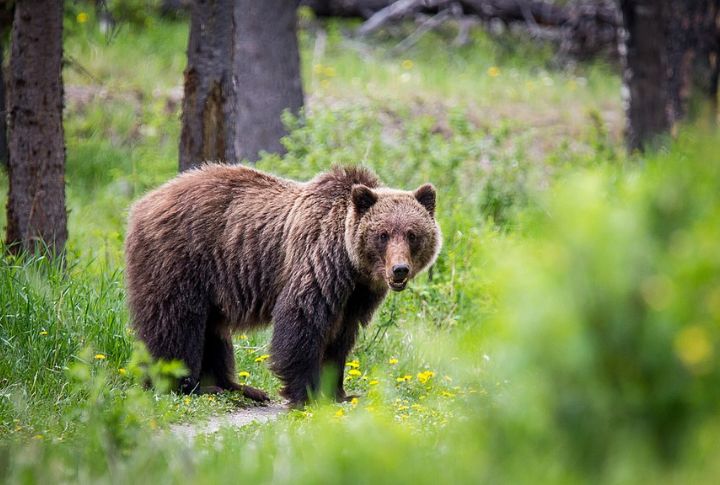
Grizzlies used to rule the West back then. Now? They mainly survive in Yellowstone and Glacier National Parks. Although their numbers have grown to approximately 1,900, conflicts with livestock and shrinking habitats remain serious concerns. Legal battles over removing federal protections have also sparked a debate around hunting and conservation.
